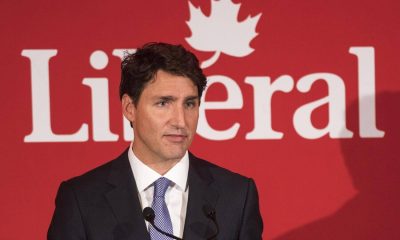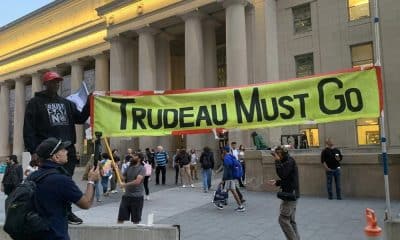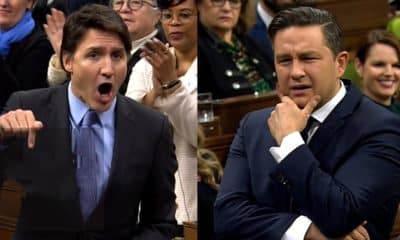News
Liberal Appointee Clears Justin Trudeau for Using Canada’s Emergency Powers Act
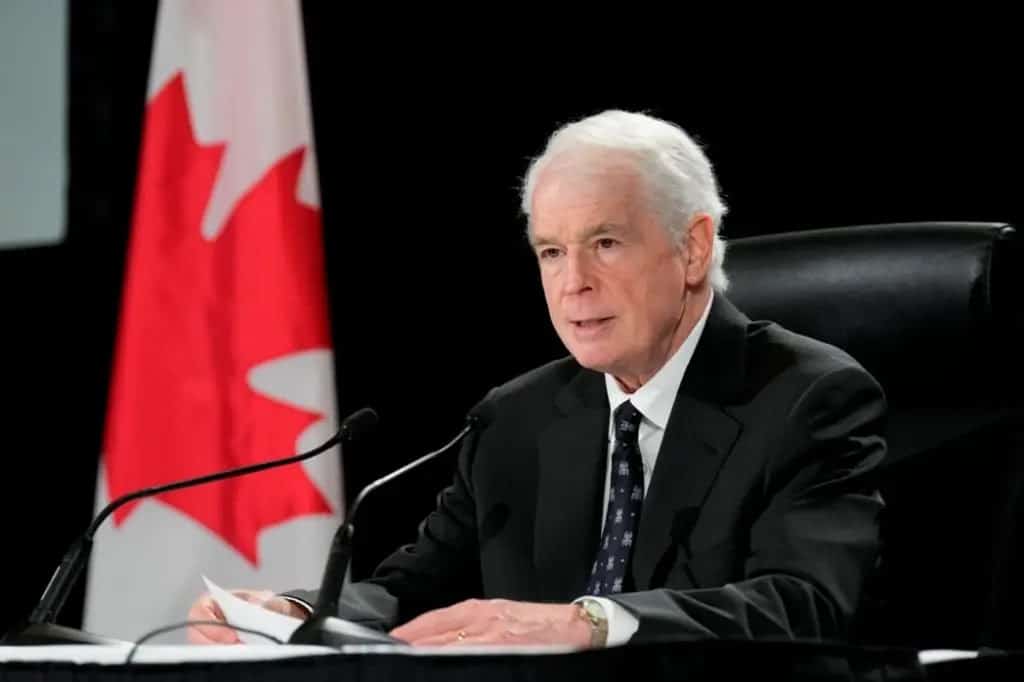
An inquiry led by a Liberal appointee has found that Justin Trudeau and the Canadian government met the “high” criterion by invoking the never-before-used emergency powers act to terminate trucker demonstrations last February.
Justice Paul Rouleau, a long-time Liberal supporter who led the examination into the usage of the 1988 Emergencies Act, called the decision a “drastic move” but not a “dictatorial one”. In times of crisis, the legislation gives the government new authority.
Prime Minister Justin Trudeau used it three weeks into the protests on February 14, 2022.
“Lawful protest deteriorated into lawlessness, resulting in a national emergency,” Mr. Rouleau said in his report to the Public Order Emergency Commission (POEC), which was tabled in the House of Commons on Friday.
Mr. Rouleau was a member of John Turner’s campaign for Liberal Party of Canada leadership when Pierre Trudeau announced his retirement. Rouleau then assisted in the selection of Turner’s cabinet after he was elected leader of the Liberal Party of Canada.
Justice Paul Rouleau, who has been with the Liberal Party for over 40 years, was appointed by Justin Trudeau to investigate Trudeau’s invocation of the Emergencies Act. Mr. Rouleau said he did not conclude lightly, but the federal government’s actions were “appropriate” and “effective”.
Though the report claims that emergency powers were required, it also claims that Prime Minister Trudeau inflamed the situation by calling the movement a “fringe minority,” reinforcing demonstrators’ resolve.
At a press conference on Friday afternoon, Prime Minister Trudeau stated that his administration will take the report’s recommendations seriously and that a response will be issued within the next year following an analysis.
He also agreed with the criticism of his remarks on the protesters, adding he wished he had said them differently.
The “Freedom Convoy,” a three-week-long demonstration against the government’s Covid-19 vaccine mandate, had gridlocked Canada’s national capital and received international attention.
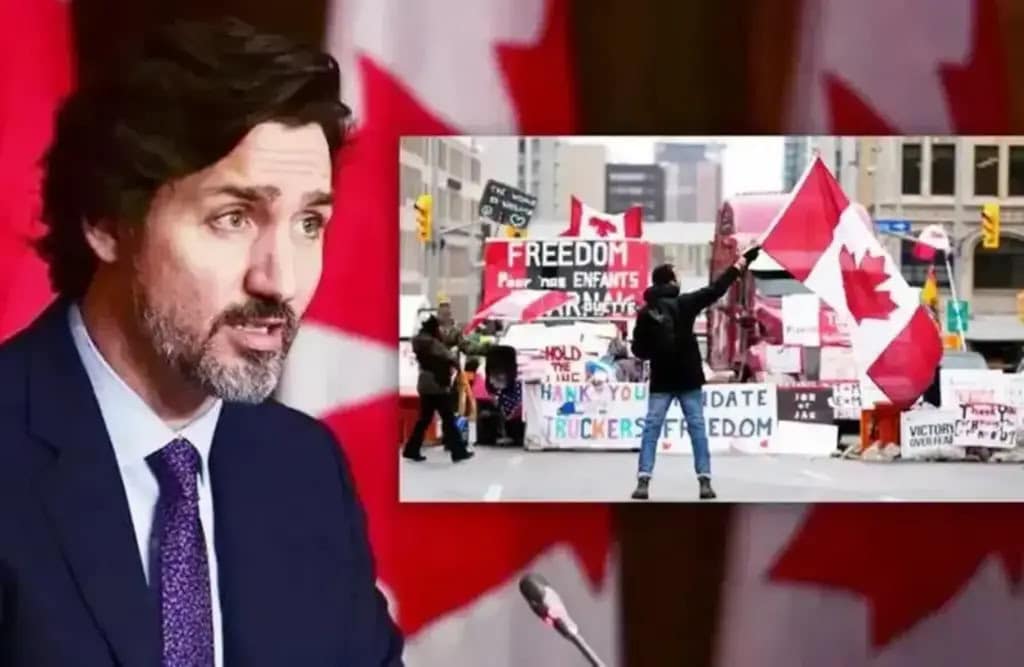
Justin Trudeau used 1988 legislation, which empowered the government to impose prohibitions on public assembly in some locations and to bar travel to protest zones, including by foreign nationals, among other steps.
It also needs a formal investigation after the emergency action is invoked.
Late last year, the POEC heard from over 70 witnesses and 50 specialists. Judge Paul Rouleau of the Ontario Court of Appeal presided over the hearings.
On the final day of the hearings, Mr. Trudeau testified before the commission.
He defended his administration’s use of the act, claiming that law enforcement could not confront the protest in Ottawa and that he was afraid about what would happen if the government did not end it.
The measure authorized the federal authorities to evict and arrest protestors and freeze the financial assets of anyone involved in the protests.
Mr. Trudeau testified that he would not have utilized the powers if he thought another option existed.
“If I had been confident that other orders of government or any other law in Canada would have sufficed to deal with this emergency,” he stated, “we would not have met the threshold” to invoke the act.
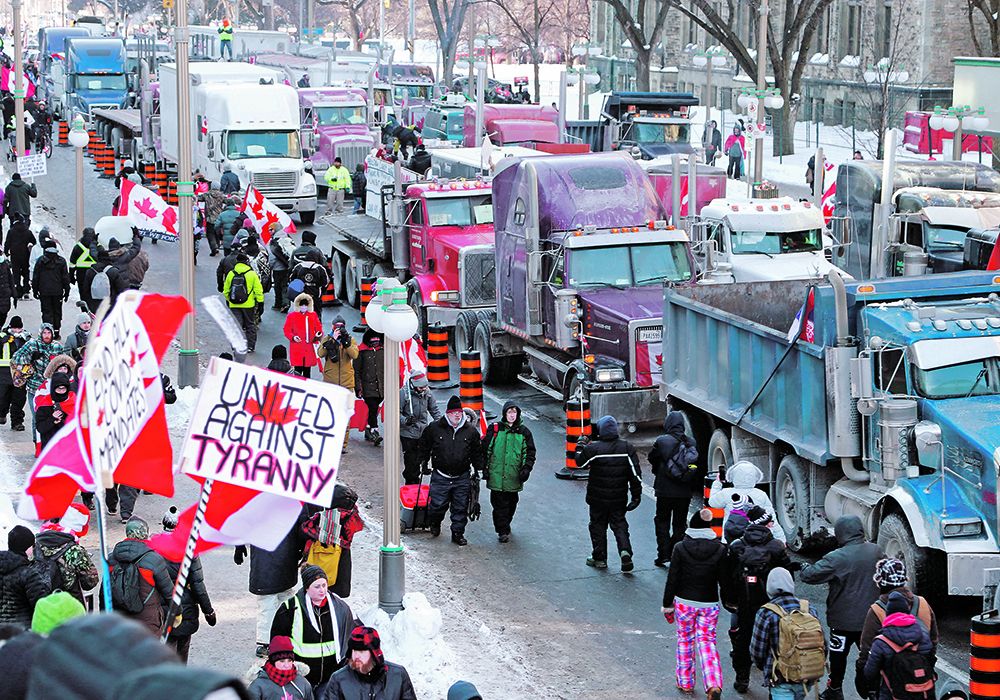
In addition, the 2000-page report includes 56 recommendations to strengthen intelligence sharing, police reaction to large-scale protests, and the Emergencies Act itself.
The Emergencies Act was enacted in 1988 but has never been used. The law was explored in the early stages of the epidemic under public welfare but was ultimately deemed superfluous.
The antecedent law, known as the War Measures Act, was utilized three times in Canadian history: during the First World War, the Second World War, and, most controversially, during the October Crisis by Pierre Trudeau, Justin Trudeau’s father.
Meanwhile, Justin Trudeau expresses sorrow for describing Freedom Convoy demonstrators as a ‘fringe minority’. Trudeau claimed he spoke too broadly about demonstrators, many of whom wanted to be heard in their opposition to two years of pandemic restrictions.
“I wish I had framed things differently,” Trudeau said at a press conference on Friday.
Trudeau claimed he was speaking too broadly about protestors, many of whom, he said, merely wanted to make their opinions heard in opposition to the government’s pandemic restrictions imposed for two years.
Trudeau admitted that he could have been more precise about a tiny group of people with anti-vaccine attitudes that he believed were causing harm.
“The truth is that there are a very small number of people in this nation who purposefully promote misinformation and deception that has resulted in Canadian fatalities and extreme hardship in others who trust them,” he stated. “But, that is a small subset of folks who were simply hurting, worried, and wanted to be heard.”
Conservative leader Pierre Poilievre accused Trudeau of being the main source of division in Canada at a second press conference held shortly after Trudeau’s.
“He intends to divide and conquer. “He believes that if he can divide Canadians against one another, they will forget how horrible life has become,” Poilievre explained.
“He thinks that if you’re terrified of your neighbor, you’ll forget that you can’t pay your rent. If you’re terrified of a trucker, you might forget you’re hungry and divert your gaze away from the person who caused the situation in the first place.”
News
China Launches Long March-5 to the “Dark Side of Moon”

China has launched an unmanned spacecraft on a nearly two-month journey to gather rocks and soil from the moon’s far side, becoming the first country to undertake such an ambitious task.
China’s heaviest rocket, the Long March-5, lifted off at 5:27 p.m. Beijing time (0927 GMT) from the Wenchang Space Launch Center on the southern island of Hainan, carrying the Chang’e-6 probe weighing more than 8 metric tons.
China’s Chang’e-6 is entrusted with landing in the South Pole-Aitken Basin on the moon’s far side, which is continuously facing away from Earth, and retrieving and returning samples.
The launch is another significant milestone in China’s lunar and space exploration mission.
“It is a bit of a mystery to us how China has been able to develop such an ambitious and successful programme in such a short time,” said Pierre-Yves Meslin, a French researcher working on one of the Chang’e-6 mission’s scientific objectives.
In 2018, Chang’e-4 made China’s first unmanned moon landing on the far side. Chang’e-5 returned lunar samples for the first time in 44 years in 2020, and Chang’e-6 has the potential to make China the first country to retrieve samples from the moon’s “hidden” side.
Scientists, diplomats, and space agency officials from France, Italy, Pakistan, and the European Space Agency all attended the launch, which carried moon-study payloads on Chang’e-6.
However, no US groups requested for a payload place, according to Ge Ping, deputy director of the China National Space Administration’s (CNSA) Lunar Exploration and Space Program.
U.S. law prohibits China from collaborating with the United States’ space agency, NASA.
The Dark Side of the Moon
The far side of the moon, also known as the “dark side of the moon” despite receiving sunlight, is the hemisphere that always faces away from Earth. The Soviet Luna 3 spacecraft made the first observation of this strange region in 1959.
Unlike the near side, the far side lacks enormous, dark basins known as marias. Instead, hundreds of craters produced by asteroid collisions over billions of years blanket it.
The South Pole-Aitken Basin, an immense crater more than 1,500 miles wide and several miles deep, is one of the most visible landforms on the far side. This ancient impact basin is among the largest known crater formations in our solar system. The far side likewise has many mountains, ridges, and other harsh topography formed by cosmic collisions.
Studying the far side provides insights into the moon’s genesis and early history because it maintains impact records from the solar system’s turbulent childhood.
Scientists also intend to investigate it for potential resources and future lunar bases. With no atmosphere or magnetic field, the far side displays the wounds of endless meteor bombardments, exposing information about Earth’s only natural satellite that the near side lacks.
Source: Reuters
Apple Boss Tim Cook Makes Surprise China Visit
News
Canada’s RCMP Charge 3 Indian Men Over Sikh Leaders Murder
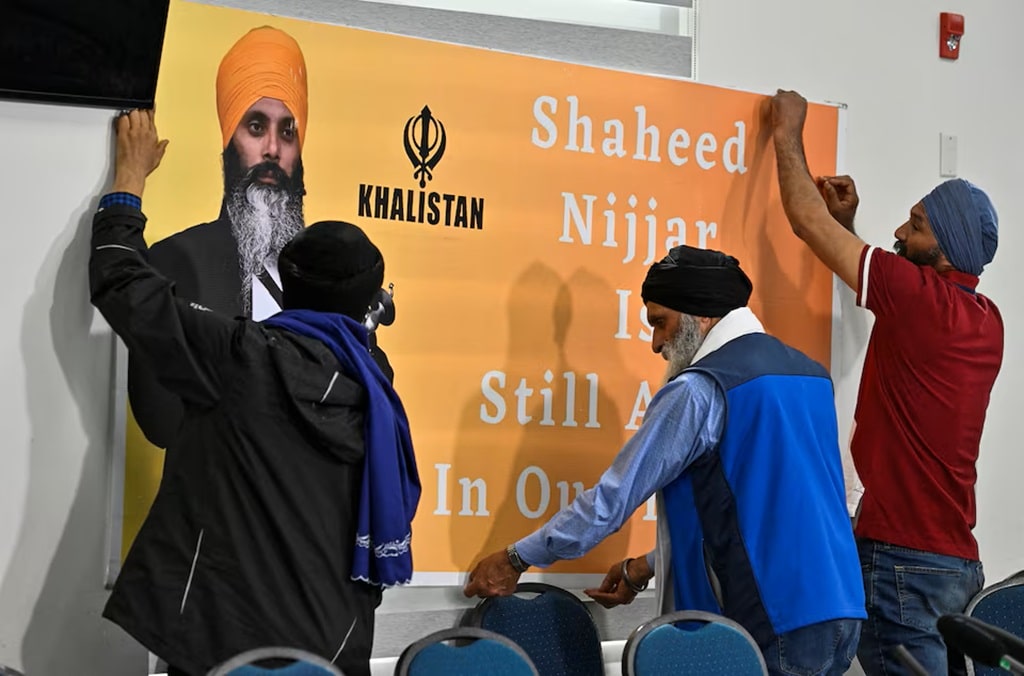
Canada’s Royal Canadian Mounted Police (RCMP) have charged three Indian men with the murder of Sikh separatist leader Hardeep Singh Nijjar last year, saying they were looking into whether the suspects had any ties to the Indian government.
Nijjar, 45, was killed in June outside a Sikh temple in Surrey, a Vancouver suburb with a sizable Sikh community. A few months later, Canadian Prime Minister Justin Trudeau alleged Indian government participation, sparking a diplomatic crisis with New Delhi.
The Royal Canadian Mounted Police identified the three individuals as Karanpreet Singh, 28, Kamalpreet Singh, 22, and Karan Brar, 22.
“We’re investigating their ties, if any, to the Indian government,” said Mandeep Mooker, an RCMP superintendent, during a televised press conference. The Indian mission in Ottawa did not reply to calls for comment from Reuters.
Nijjar was a Canadian citizen who campaigned for Khalistan, an autonomous Sikh country formed out of India.
The presence of Sikh separatist groups in Canada has long irritated New Delhi, which has dubbed Nijjar a “terrorist”.
Last Monday, the White House expressed worry over the apparent involvement of the Indian intelligence service in murder plans in Canada and the United States.
The RCMP claimed they coordinated with US law enforcement authorities, but did not provide any other information, and warned that more detentions might be forthcoming.
“The probe does not end here. We are aware that others may have been involved in this homicide, and we are committed to discovering and arresting each of these individuals,” said assistant RCMP commissioner David Teboul.
Canada-India Ties Strained
The three Indian nationals were arrested in Edmonton, Alberta, on Friday, according to police. They will arrive in British Columbia on Monday.
Trudeau revealed in September that Canadian officials were looking into accusations linking Indian government agents to the murder. New Delhi dismissed Trudeau’s allegation as ludicrous.
“We welcome the arrests, but this raises a lot of new questions,” said Balpreet Singh, legal counsel and spokeswoman for the Canada-based World Sikh Organization advocacy group.
“Those who have been arrested are part of a hit squad but it’s clear that they were directed,” he added in a telephone interview.
Canada had pressed India to participate with its probe. Last November, US authorities said that an Indian government officer orchestrated the plot to assassinate Gurpatwant Singh Pannun, a Sikh separatist and dual citizen of the United States and Canada.
“While today’s action… is a step forward, it only scratches the surface,” Pannun said in a statement, calling for action to “dismantle the networks that enable and perpetuate such crimes against Canadians on Canadian soil”.
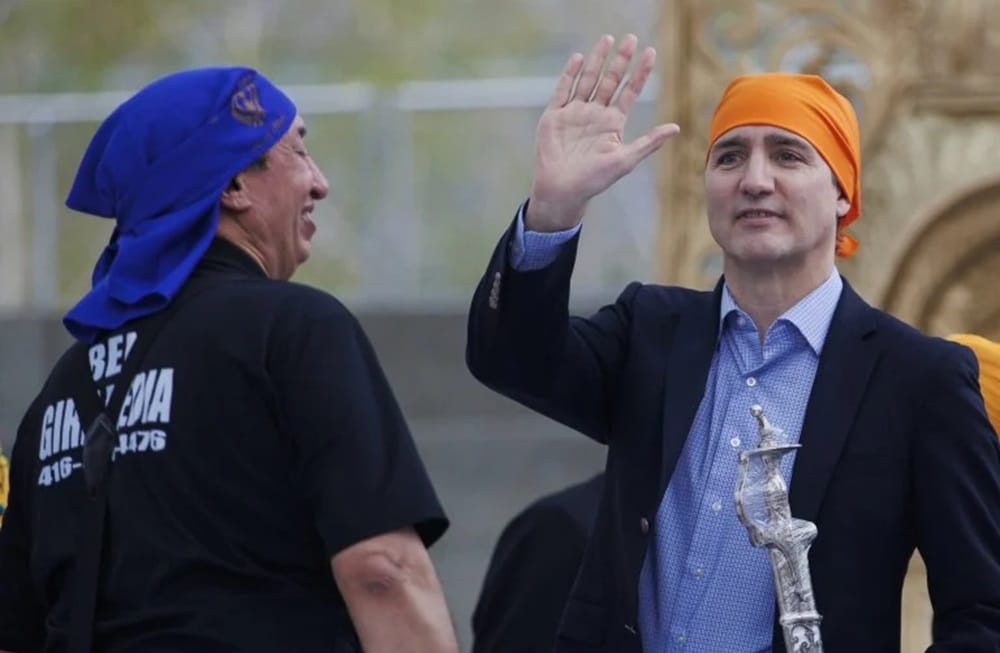
Trudeau’s Presence at Separatist Sikh Rally Enrages India: Getty Images
India Angered Over Trudeau
Meanwhile, analysts say Prime Minister Justin Trudeau‘s move shown “no appreciation of Indian concerns in Canada,” with the apparently ill-advised travel expected to discourage New Delhi from improving relations with Ottawa.
Relations between the two sides have deteriorated in recent months as a result of allegations by Trudeau’s administration that Indian intelligence agents were involved in the 2023 murder of Canadian citizen and Sikh separatist leader Hardeep Singh Nijjar.
Nijjar was involved in the 1980s and early 1990s Khalistan movement, which sought to establish an independent Sikh nation in northern India’s Punjab state. Today, the activists are largely from the Punjabi overseas diaspora, many of whom have migrated in the North American country. India has often complained to Canada about the actions of Sikh hardliners.
According to The Times of India, Indian intelligence officials were particularly concerned about the presence of “Modi Wanted” posters purportedly placed at the Toronto rally by the secessionist group Sikhs For Justice (SFJ) in retaliation to Nijjar’s murder.
While New Delhi has frequently criticized Trudeau for failing to rein in Khalistani separatists and engaging in “vote bank politics” with the Punjabi diaspora, experts disagreed on whether the government overreacted in order to acquire votes in the ongoing Indian elections.
World
Good News: The Worst Could Be Over For Gas Prices This Spring
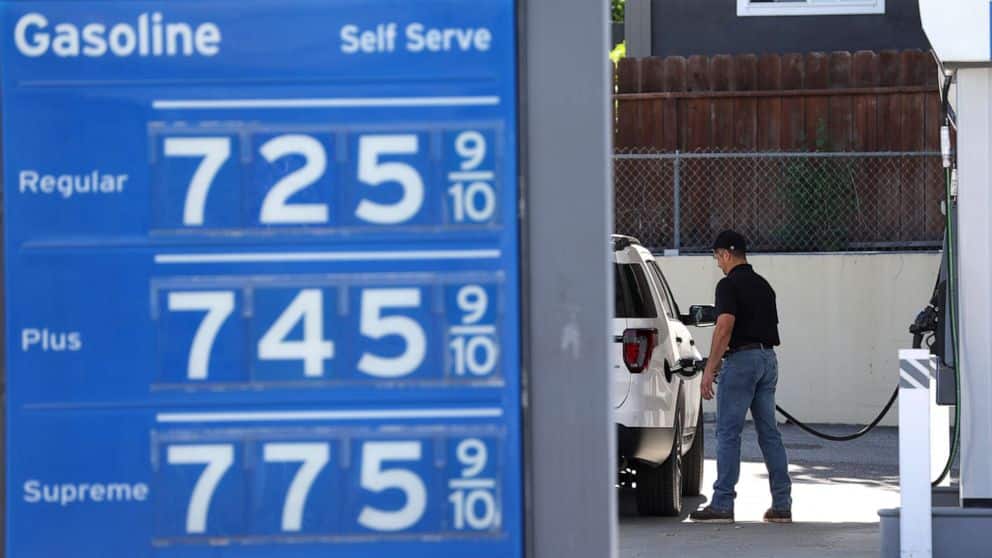
Israel and Iran have engaged in open conflict. Ukrainian drones have routinely targeted Russian oil refineries. And OPEC continues to restrict oil production.
These frightening occurrences sparked concerns about $4 gas, harming the US economy and exacerbating inflation.
However, this has not occurred, at least yet. Gas prices in the United States have stopped growing and dropped temporarily recently.
The national average was $3.66 per gallon on Monday, down from $3.68 a week ago, according to AAA.
There is growing anticipation that gas prices will peak in the spring, if not the entire year.
Patrick De Haan, head of petroleum analysis at GasBuddy, predicts that drivers will find relief at the pump in the coming weeks.
“I’m hoping the worst is behind us,” De Haan told CNN. Unless something drastic happens, there are increasing odds the national average has hit the projected spring peak.”
Tom Kloza, worldwide head of energy analysis at the Oil Price Information Service, believes gas prices will fall in the coming weeks.
“Most of the worries from the year’s first half have been resolved. “I think we’re safe until hurricane season,” Kloza remarked.
‘Could have been far worse.’
Of course, none of this implies that gas costs are cheap. They were lower in April 2021 and spring 2020, when Covid-19 kept many Americans off the roadways.
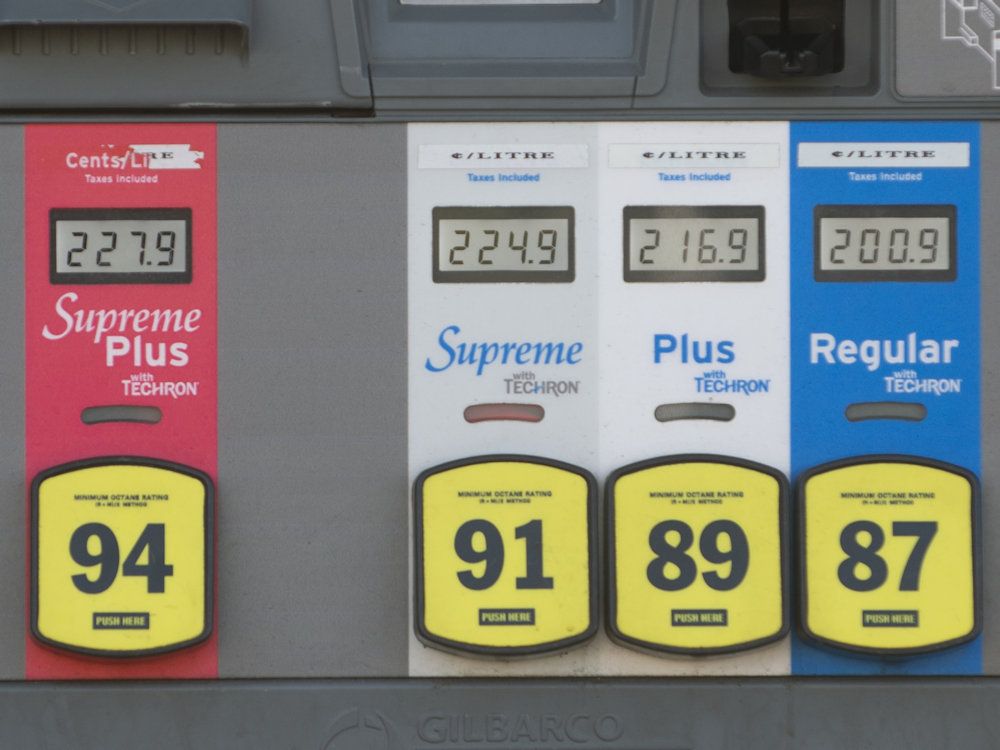
National – VOR News Image
The Worst Could Be Over For Gas Prices This Spring
Nonetheless, a springtime peak of less than $3.70 a gallon would be a win for consumers, considering the real risk of significantly higher gas costs.
“It could have been much worse,” said Andy Lipow, owner of the consultancy firm Lipow Oil Associates.
According to AAA, drivers in just seven US states pay $4 or more per gallon for gas. All those states are in the Western part of the country, followed by California, where the average is $5.40 per gallon, up from $4.88 last year.
The national average is nowhere near the record increase above $5 per gallon in June 2022.
“It seems evident that this will not be a record-setting year. “Filling your tank will feel much more normal this year,” said De Haan.
Economic and political ramifications.
Officials in Washington would most certainly breathe a sigh of relief.
Rising gasoline costs earlier this year led to lower-than-expected inflation readings, casting uncertainty on when the Federal Reserve will be able to decrease interest rates.
A rise in petrol prices is the last thing President Joe Biden wants as he works to persuade voters of his economic message before November. According to a new CNN poll, Biden’s support rating for the economy is 34%, and for inflation, it is even lower (29%).
The Biden administration backed off plans to buy crude oil for the US Strategic Petroleum Reserve, an emergency oil stockpile, earlier this month, adding to White House concerns over petrol costs.
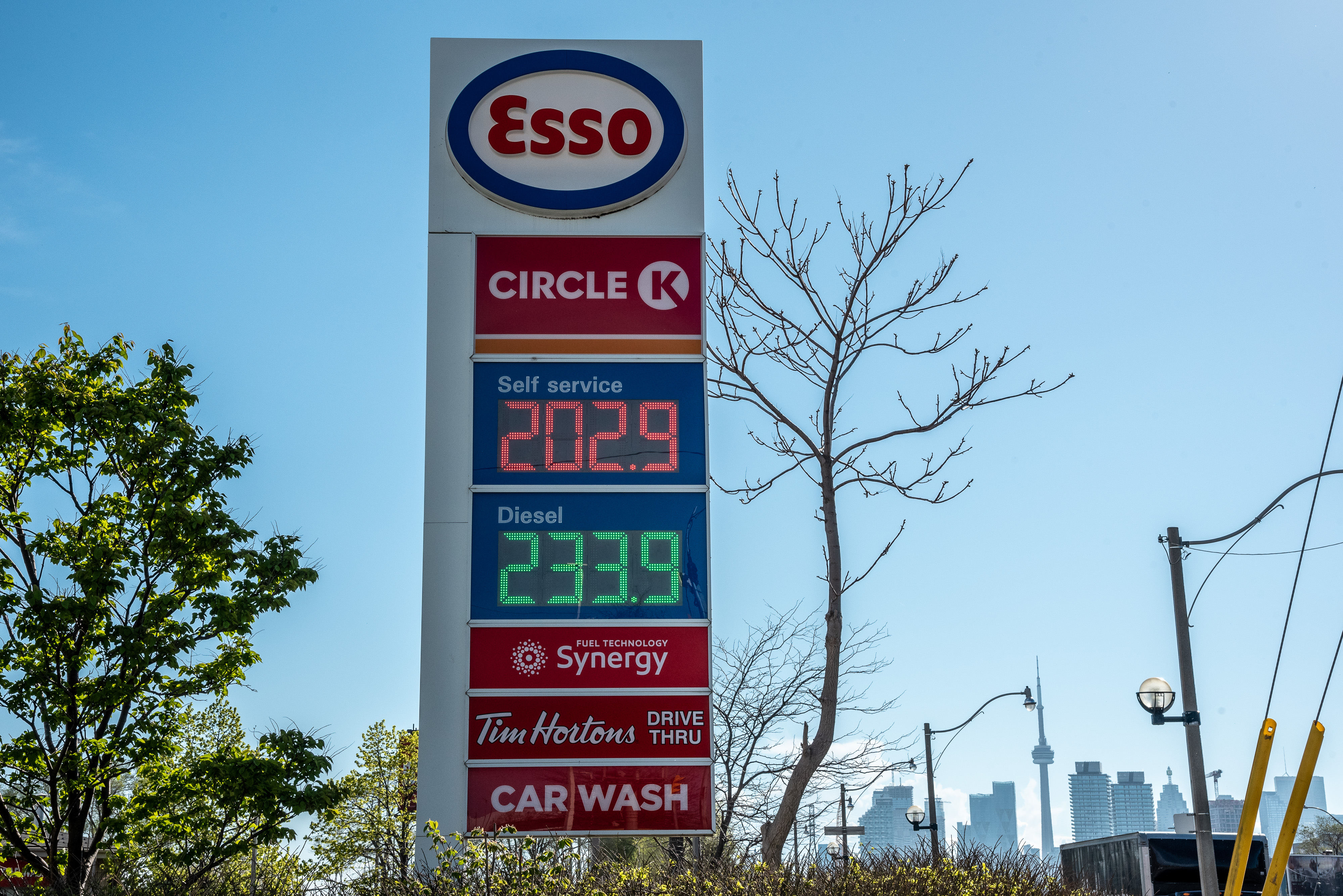
Global – VOR News Image
Some economists expect gas prices to rise further.
Lipow believes the national average will reach $3.75 per gallon this year.
Still, that would be lower than last year’s top of $3.88 per gallon in September.
“I’m not expecting a spike in gasoline prices,” Lipow added.
There are several reasons why gas prices are now holding steady.
First, oil prices have stopped rising. On April 12, US crude oil nearly reached $88 per barrel as investors braced for Iran’s reprisal against Israel over a suspected attack on an Iranian diplomatic complex in Syria.
However, oil prices fell when Israel and its allies effectively averted the reprisal. For now, fears of a larger confrontation in the Middle East have subsided, albeit this might alter quickly. US crude fell below $83 a barrel on Monday.
There are other seasonal aspects to consider.
The transition to more expensive summer-grade gasoline at US refineries is now complete. Similarly, the reopening of refineries that had been closed for normal maintenance has aided gasoline supplies.
Record-breaking US crude output continues to increase the oil supply. All of that US oil, headed by the Permian Basin in West Texas and New Mexico, is countering OPEC+’s production cuts, which Saudi Arabia and Russia lead.
Meanwhile, gasoline demand has remained relatively low despite other indications that American consumers are spending rapidly.

USA TODAY – VOR News Image
The Worst Could Be Over For Gas Prices This Spring
The hurricane season looms.
Gas prices are at risk of reaching a double peak. That’s what happened last year, when gas prices peaked in April, fell, and then returned late in the summer as excessive heat hampered US refineries.
“Weather can wreak havoc,” said Kloza, an OPIS analyst.
A major hurricane that destroys oil facilities along the US Gulf Coast is the greater risk.
Forecasters warn that the hurricane season (which normally begins on June 1) will be extremely active. Colorado State University predicts more hurricanes and named storms than ever before.
“Hurricane season is the next major hurdle,” Kloza stated.
SOURCE – (CNN)
-
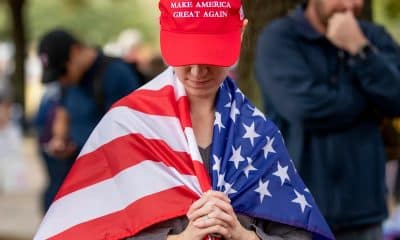
 Politics5 months ago
Politics5 months agoUnveiling the Power and Influence of The Conservative Treehouse
-

 Sports4 months ago
Sports4 months agoSaints’ Aggressive Play-Calling Ends Up Coming Back To Hurt Them In Loss To Rams
-
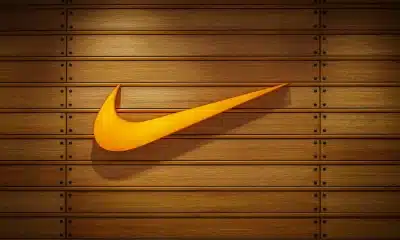
 Business4 months ago
Business4 months agoNike Says It Will Cut $2 Billion In Costs In A Major Warning For Consumers
-

 News5 months ago
News5 months agoThe Intersection of Adult Video Sites and Modern Liberalism
-

 Tech5 months ago
Tech5 months agoWhat is Proprietary Technology: Understanding Definition, Examples, and Advantages
-
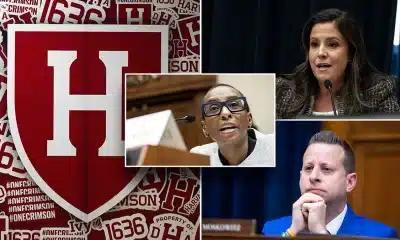
 Politics5 months ago
Politics5 months agoClaudine Gay: Harvard President Won’t Lose Job Over Congress Row


